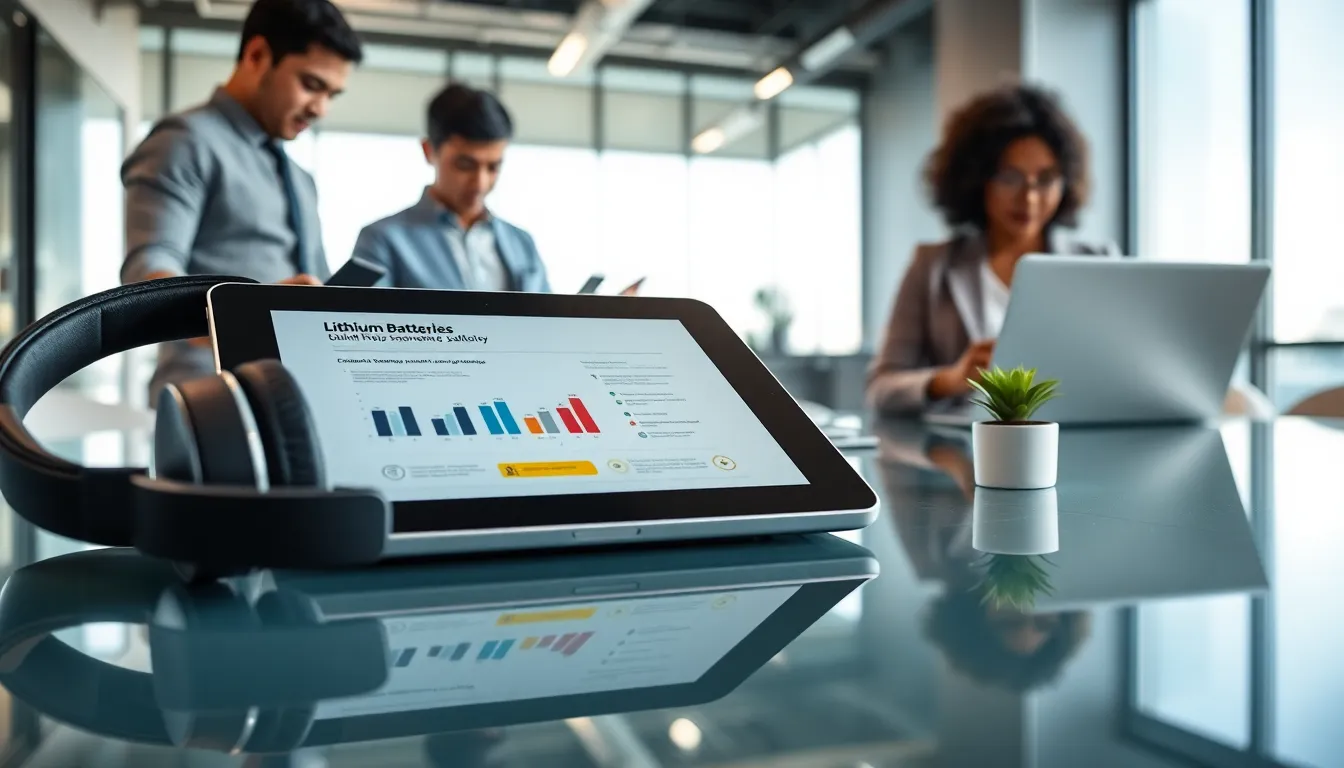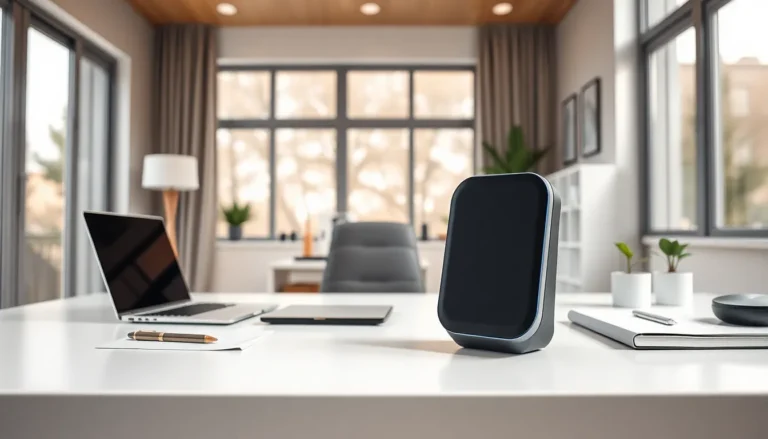Picture this: you’re sitting in your favorite coffee shop, sipping on a latte, and you reach for your iPad to catch up on the latest news. Just as you’re about to unlock it, you wonder: what’s powering this sleek piece of technology? The answer involves lithium batteries, which might sound like something out of a science fiction novel. But is it really true? Do iPads rely on lithium batteries? Let’s explore the ins and outs of these powerhouses, and maybe even have a chuckle along the way.
Table of Contents
ToggleUnderstanding Lithium Batteries

What Are Lithium Batteries?
Lithium batteries are at the forefront of modern technology. These rechargeable power sources use lithium ions, which move between the anode and cathode during charge and discharge cycles. This movement creates a flow of electricity, powering everything from our smartphones to electric vehicles. They’re compact, efficient, and have become the go-to choice for numerous gadgets.
Advantages of Lithium Batteries
Lithium batteries come with a suite of advantages that make them stand out. For starters, they boast a high energy density, meaning they can store more energy in a smaller space. This is crucial for devices like iPads, where size and weight are key considerations. They also charge quickly, maintaining their efficiency over many cycles. Let’s not forget the low self-discharge rate, allowing iPads to retain power over time, even when they’re not in use.
How Lithium Batteries Work in Devices
When you connect your iPad to a charger, lithium ions zoom from the anode to the cathode. During this process, they store energy, ready to be used when you need it. Once you unplug, those ions reverse their path, powering your device as you scroll through your favorite apps or binge-watch the latest series. The simplicity of this mechanism, combined with its effectiveness, is what keeps devices running smoothly.
iPad Battery Specifications
Types of Batteries Used in iPads
So, do iPads have lithium batteries? Absolutely. Specifically, they use lithium polymer (LiPo) batteries, a slightly different breed than traditional lithium-ion batteries. LiPo batteries offer the same high energy density but come in a flexible, lightweight format, making them perfect for the sleek design of iPads. With variations in specifications over different iPad models, these batteries generally ensure long-lasting performance.
Battery Life and Performance Metrics
Battery life is a prominent concern for iPad users. Most iPads feature substantial battery capacities, typically ranging from 32.4 watt-hours to 40 watt-hours, depending on the model. On average, an iPad can provide up to 10 hours of internet use or video playback. This impressive longevity means users can enjoy a full day of activities without worrying about frequent recharging, something that anyone who has experienced a dying battery can deeply appreciate.
Environmental Considerations
Recycling Lithium Batteries
With great power comes great responsibility. The ease of using lithium batteries shouldn’t overshadow the critical importance of recycling them. Many manufacturers and retailers offer recycling programs for old devices, including iPads. By returning these batteries, users help minimize the environmental impact and promote sustainability. It’s a win-win situation, really.
Impact on the Environment
While lithium batteries are often touted for their efficiency and performance, they do pose environmental challenges. Mining lithium can lead to significant ecological disturbances. Water used in the extraction process often harms local ecosystems. Besides, improper disposal of lithium batteries can contribute to pollution. But, advancements in recycling methods are helping to mitigate these issues, signaling a shift toward more sustainable practices.









